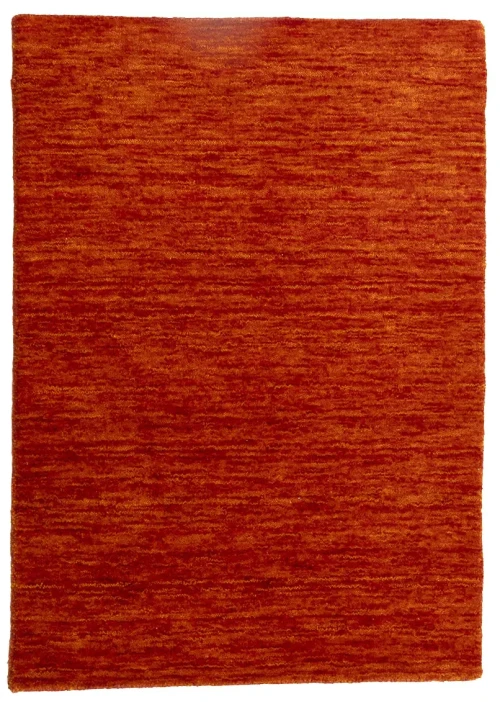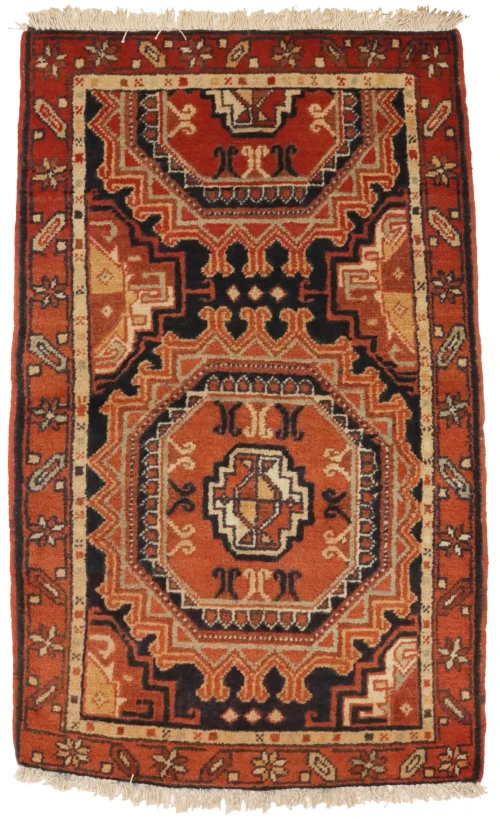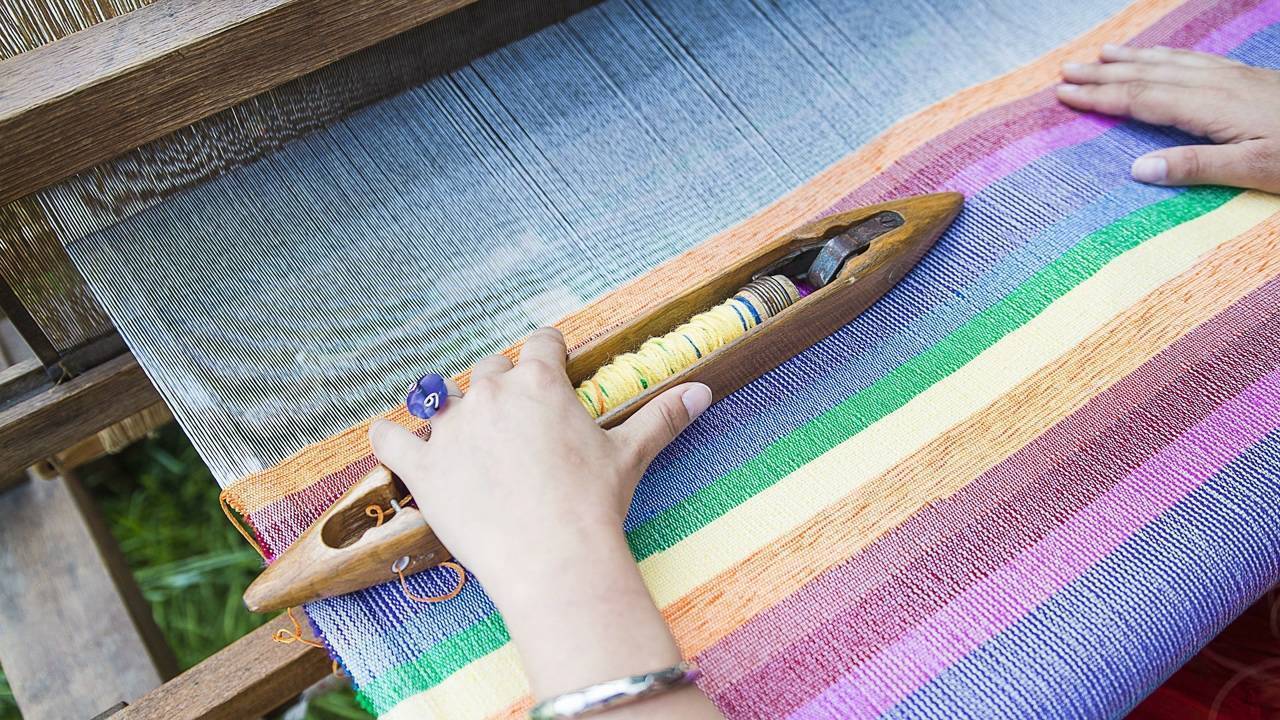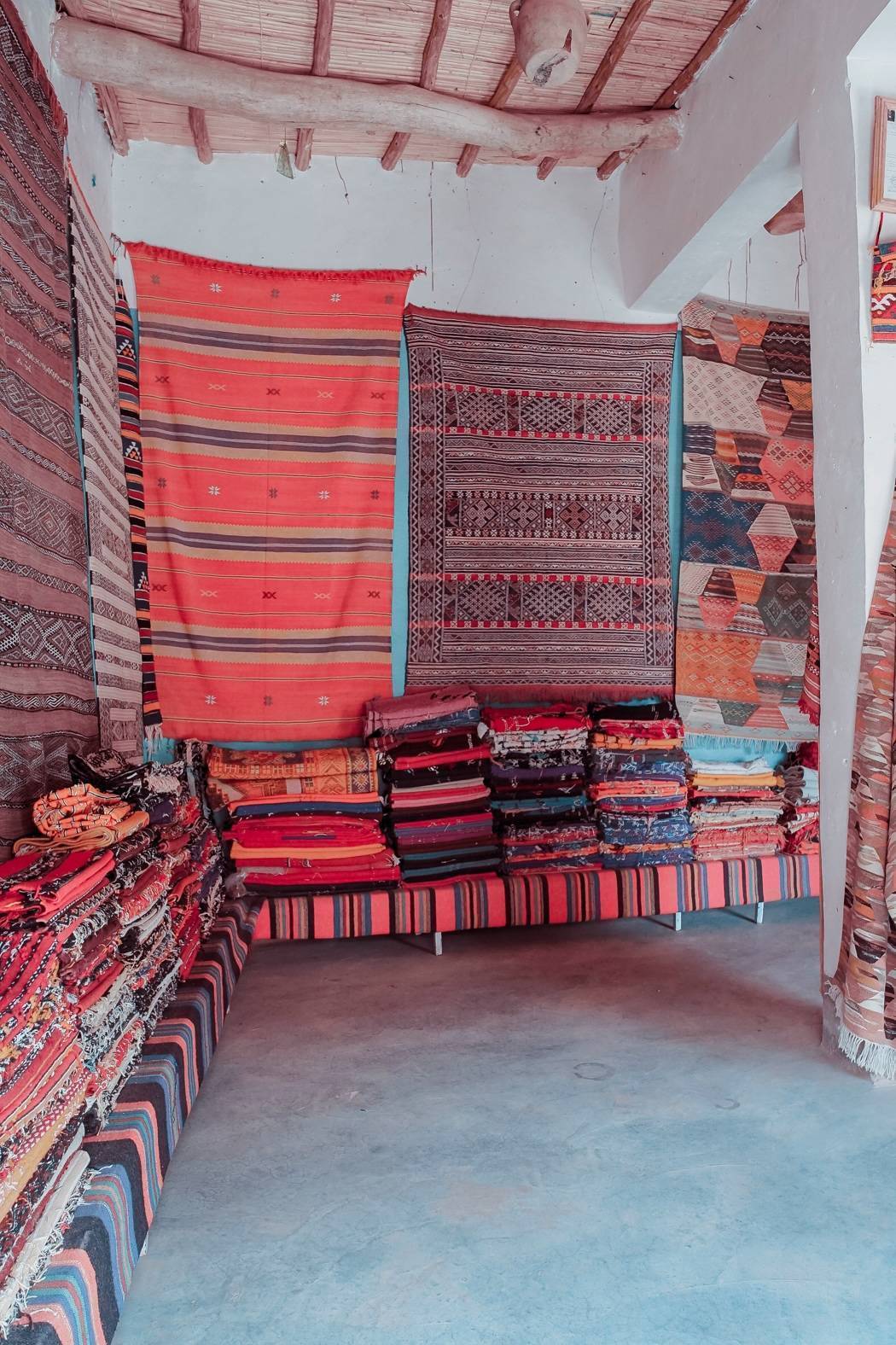It’s a well-known fact that handmade rugs are stunning, last for many years and they are somewhat costly in contrast to machine-made oriental rugs.
Tags: oriental rug
Extra 15% off + Free PAD with code HOLIDAY15



The Damaging Impact of U.S. Sanctions on the Handmade Persian Rug Industry
 In 2015, a nuclear agreement called Joint Comprehensive Plan of Action was reached between Iran and China, Russia, France, United Kingdom, United States, and Germany and the European Union. This deal offered some hope of revival to the traditional handmade Persian rug industry of Iran which was already reeling under the harmful impact of the U.S. sanctions which were in place for a pretty long time.
In 2015, a nuclear agreement called Joint Comprehensive Plan of Action was reached between Iran and China, Russia, France, United Kingdom, United States, and Germany and the European Union. This deal offered some hope of revival to the traditional handmade Persian rug industry of Iran which was already reeling under the harmful impact of the U.S. sanctions which were in place for a pretty long time.
In 2017, nearly $100 million worth of Persian carpets were exported to the USA after international sanctions tied to the nuclear agreement were lifted. People associated with the Iranian carpet industry felt that things would improve in the coming time. But their hopes were dashed when on May 8, 2018, Donald Trump, the current president of United States of America withdrew from the 2015 nuclear deal and reimposed sanctions on Iran.
Let us find out how the trade embargo imposed by the US government is going to affect the demand and supply for handmade Oriental rugs from Iran, their prices, livelihood, and jobs of weavers crafting these beautiful works of art and Iranian economy.
We would like to begin by sharing knowledge about the current demand and supply for handmade Persian rugs. The market for Persian rugs remains high in the United States at present as people have a particular liking for these beautiful, intricately designed and valuable rugs and feel they are unlike any other handmade Persian rugs. Handmade Rug dealers in the USA still have a large stock of Persian rugs which is enough to suffice the needs of customers for some time. But after five years or so, their shares of Persian rugs will dwindle or get exhausted, and rug merchants from Iran will not be able to supply new carpets to the U.S. sellers because of the sanctions. With fewer Persian rugs remaining in the market, their prices are naturally going to increase.

This situation has made millions of Iranian carpet makers, and merchants worried about the traditional carpet weaving industry which got founded 2500 years ago in the ancient Persia, and that managed to survive right up to this day due to the master weavers passing down their skills for generations.
Fereshteh Dastpak who is the head of Iran’s National Carpet Center said that the hardworking Iranian villagers, who weave our rugs, will suffer the most under the new sanctions. This group promotes trade and works for the preservation of Iran’s rug heritage and lobbies for the rights of around 1.5 million people who earn their living through the rug industry.
She further added that the sanctions are going to hurt the Iranian people by targeting their carpets. Also, the sanctions are going to affect those U.S. people who now will not be able to access something they love: Iranian carpets. Westerners indeed have a lot of love for the iconic handmade Persian rug, and it has infatuated them for decades.
 The Persian rug is a massive business inside Iran. More than 32 million square feet of rugs are woven annually. Carpets are one of the top exports of Iran alongside natural gas, oil, fruits and a variety of plastics and raw materials. In the last year, rugs worth $1 billion were made and sold in Iran.
The Persian rug is a massive business inside Iran. More than 32 million square feet of rugs are woven annually. Carpets are one of the top exports of Iran alongside natural gas, oil, fruits and a variety of plastics and raw materials. In the last year, rugs worth $1 billion were made and sold in Iran.
Two dozen universities teach carpet design which shows how seriously handmade Persian rugs are taken in Iran. Some of the more intricately designed rugs which feature flowers, birds, leaves, rosettes, and palmettes, can take from months to years to make and require millions of hand-tied knots.
In Iran, rugs are not only viewed as family heirlooms or a way of making your home more beautiful and comfortable but also as lifelong investments.
The more people walk on a carpet in Iran – the more worn it becomes. Its exposed knots display the intricacy of the design which causes its value to increase.
Jason Nazmiyal who is a prominent Iranian-born, New York-based handmade Persian rug dealer has expressed his views about the U.S. embargo imposed on the Iranian carpets. He said the art of the Persian rug making should have nothing to do with the political restrictions. He further added that sanctions hurt ordinary Iranians who work for 10 hours every day. These include the weavers, dyers and others who are merely trying to sustain their families and make a living.
 As per Dastpak of the state-affiliated National Carpet Center, Iran has exported around $428 million worth of carpets since the nuclear agreement. About 30 percent of them went to the buyers from the USA, and 12 percent to Germany and the rest were split among the buyers of more than 80 countries.
As per Dastpak of the state-affiliated National Carpet Center, Iran has exported around $428 million worth of carpets since the nuclear agreement. About 30 percent of them went to the buyers from the USA, and 12 percent to Germany and the rest were split among the buyers of more than 80 countries.
Dastpak told that neither the National Carpet Center nor any Iranian government-industry groups had given any specific forecasts on how the sanctions might affect the handmade Persian rug industry, but the prevailing assumption is that they will cause a significant setback to the industry which was starting to find its feet.
In contrast to what prominent people associated with the Iranian rug industry say, Washington insists that the sanctions imposed are targeted at Iran’s regime, not at the ordinary Iranians.
Changing tastes of Iranian people
Beyond the foreign market, the carpet industry in Iran is witnessing reduced sales at home because social mores are changing nowadays due to the fluctuating tastes of the younger generations.
A carpet seller at Tehran’s Grand Bazaar said that young and wealthy Iranians would happily pay $1500 for the latest Apple iPhone, but they surely would not pay this much amount for a rug. This bazaar is a historical marketplace from where 2,000 carpet merchants ply their trade. This place has recently witnessed anti-government protests over Iran’s increasingly troubled economy. High unemployment and inflation in Iran have led to a currency crisis.
The carpet seller said it used to be that Iranian fathers and grandfathers who knew rugs and they would select what they wanted with considerable expertise and care, but for the younger people, handmade Persian rugs culture is not so important any longer. He further added that they would instead spend their money on a pricey pair of sneakers.
 Still, Parisa Beyzaei who is the director of Iran’s National Carpet Museum said rugs remain one of the most respected and traditional art forms in Iran. She further added that these showcase all the feelings, emotions, beliefs, rituals, faiths and traditions of people. She did acknowledge that Iranians are less tempted by the Persian rugs than they used to be in the past and the industry will need to navigate through the latest challenge of sanctions.
Still, Parisa Beyzaei who is the director of Iran’s National Carpet Museum said rugs remain one of the most respected and traditional art forms in Iran. She further added that these showcase all the feelings, emotions, beliefs, rituals, faiths and traditions of people. She did acknowledge that Iranians are less tempted by the Persian rugs than they used to be in the past and the industry will need to navigate through the latest challenge of sanctions.
She said people want to be more chic and trendy and buy items which reflect this aspiration. She further added that they feel carpets are too traditional. Also, they also cannot afford to purchase handmade Persian rugs.
She said that she is in touch with many of our exporters and they tell her that the market is not as good as it once used to be.
Nazmiyal, the rug dealer said the sanctions have proved ineffective in stopping smugglers from bringing Persian area rugs into the USA. They pretend the rugs are from India or Pakistan. The smugglers have made more money by bringing Persian rugs to this country than the Iranian government ever has. He said that none of the U.S. presidents understood this and it is the little guy who always loses out.
We hope this article will help you better understand the harmful impact of U.S. sanctions on the Iranian rug industry.
You can still support the Iranian rug making industry by buying authentic and exceptional quality handmade Persian rugs from Magic Rugs, one of the leading rug stores in Charlotte NC. Here you would find a wide range of genuine Persian rugs including the palace size Persian rugs and Persian tribal runner rugs. Using these rugs would help to enhance your home’s beauty and magnificence. Also, these will refresh and rejuvenate you when you look at them as well as make you feel like a proud homeowner.
Description: This article would help you better understand the damaging impact of US embargo on the oriental handmade area rugs industry of Iran, the livelihood of its artisans and the economy of the country.